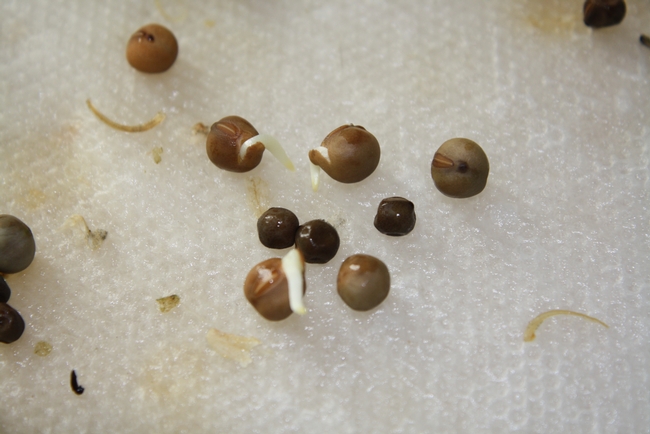TwinCitiesPanda
Garden Ornament
I am growing peas (Amish snap) and beans (Scarlet Runner, Christmas Lima, Golden Butter Wax, and Asparagus) for the first time ever. I've been looking them up online and such but am wondering if anyone has general (or variety-specific) advice for a first-timer. Any methods you've developed for success?


:max_bytes(150000):strip_icc()/how-long-do-vegetable-seeds-last-1403089-1.1-9285f5dd00704eecbe8a436b5ba3d9c1.jpg)
